1st Meeting of the Open-ended Working Group on the Post-2020 Global Biodiversity Framework
27-30 August 2019 | UN Office, Nairobi, Kenya
Summary of the Meeting
The Convention on Biological Diversity’s (CBD) Open-ended Intersessional Working Group on the Post-2020 Global Biodiversity Framework (GBF) deliberated on the structure of GBF and its future work programme. The adopted conclusions of the meeting include agreement on the following:
- a non-paper on possible elements of the GBF;
- the preliminary list of meetings, consultations, and workshops for the development of GBF;
- the dates of and venue of the second and third meetings of the WGs, to be held in February 2020 in China and in July 2020 in Colombia;
- submissions on the structure of the GBF should be submitted to the Executive Secretary by 15 September 2019;
- a zero draft text of GBF will be provided six weeks before the second meeting of the WG; and
- a detailed workplan will be prepared by Co-Chairs and the Executive Secretary, and be presented at the informal briefs of the Co-Chairs on 24 November 2019 during the meeting of the CBD Subsidiary Body on Scientific, Technical and Technological Advice (SBSTTA).
Highlights for Friday, 30 August 2019
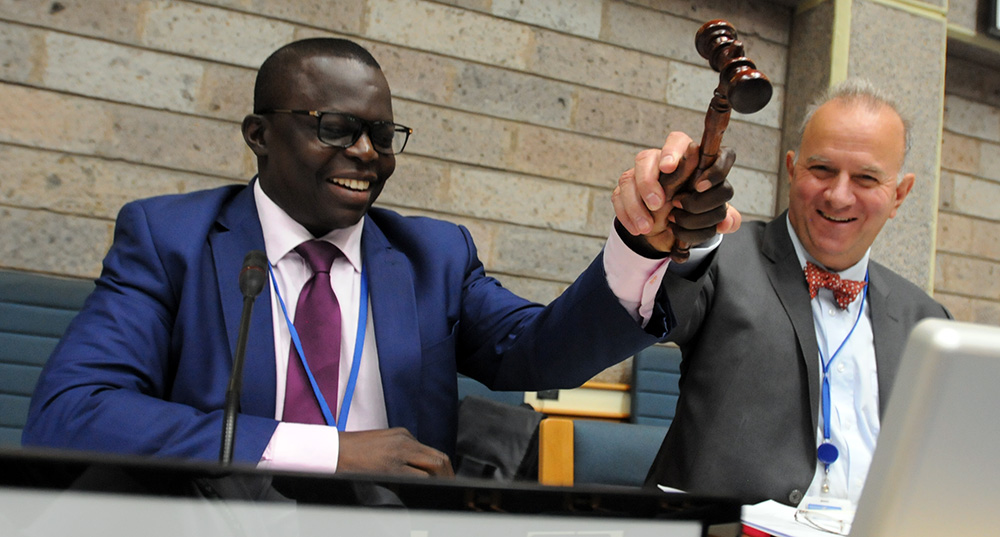
The first meeting of the Working Group on Post-2020 resumed for its final day of deliberations on Friday. Delegates completed discussions on the conclusions of the meeting based on a Co-Chairs’ draft that included annexes on the outcomes of the meeting, and a preliminary list of intersessional meetings relevant for the development of the post-2020 global biodiversity framework (GBF).
During lunch, participants attended an information session on global strategic plans and linkages with other international instruments and processes. Neville Ash, Director, UN Environment Programme World Conservation Monitoring Centre (UNEP-WCMC), presented an overview of strategic plans and indicators across multilateral environmental agreements, and highlighted options for synergies and alignment with the GBF. Participants also heard from:
- Ludgarde Coppens, UNEP, on 26 indicators of the Sustainable Development Goals (SDGs) and efforts to build data-related methodology and capacity at national and regional levels;
- Elizabeth Mrema, on behalf of the Convention on International Trade in Endangered Species of Wild Fauna and Flora (CITES), on its Strategic Vision 2021-2030 that promotes transformative change and sustainable use;
- Olivier Rukundo, International Treaty on Plant Genetic Resources for Food and Agriculture (ITPGRFA), on cooperation with the Convention in supporting states in access and benefit-sharing; and
- Frederic Perron-Welch, United Nations Conference on Trade and Development, on biotrade, including incentive measures, private sector engagement, and sustainable use.
During the closing session, Christiana Paşca Palmer, CBD Executive Secretary, remarked on the good energy in the room and great amount of work done, noting the need to respond to the calls for action from the public on biodiversity issues. Providing regional statements:
- The African Group urged that the GBF ensure regional and thematic balance;
- Asia and Pacific said the 2050 Vision “living in harmony with nature” has played an important role in galvanizing action and should remain prominent;
- The EU welcomed the broad understanding of the need for transformative change, and using Specific, Measurable, Achievable, Result-Oriented, and Time-limited (SMART) targets;
- The Group of Latin America and the Caribbean (GRULAC) emphasized using science to identify causes and solutions and to seek co-benefits; and
- Central and Eastern Europe stressed the need for active participation of all parties and stakeholders to ensure well-formulated goals and targets.
The meeting was gaveled to a close at 7:43 pm.
The final day of the meeting saw delegates continuing to get their heads around their four days of labor based on draft conclusions of the meeting. The meeting, some agreed, has been a week of patience, as delegates put their negotiator’s hats down in favor of what some referred to as “a listening exercise.” One element that many agreed remains uncertain is whether to have an over-arching apex target. In spite of an almost equal number of proponents and opponents for this, most agreed that it would require a stroke of genius to come up with one target that is adequately inspiring, global, and encapsulates the complexity of the 2050 Vision of “living in harmony with nature.” Before parting, one delegate remarked, “Although it all seems rather topsy-turvy right now, once we are done packaging the zero draft, it will all come together pretty nicely.”
IISD Reporting Services, through its ENB Meeting Coverage, provided daily web coverage from the 1st Meeting of the Open-ended Working Group on the Post-2020 Global Biodiversity Framework. In addition, IISD Reporting Services has published a summary and analysis report which is now available in HTML and PDF.
Photos by IISD/ENB | Diego Noguera
For photo reprint permissions, please follow instructions at our Attribution Regulations for Meeting Photo Usage Page
+ Visit the web coverage for Friday, 30 August 2019
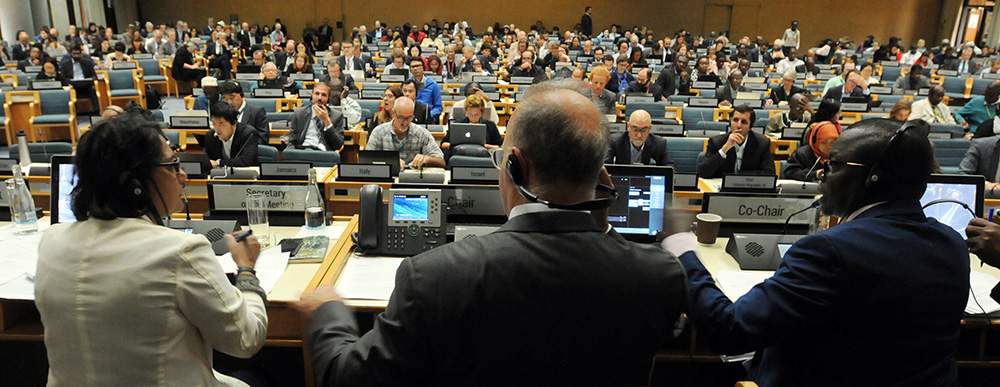

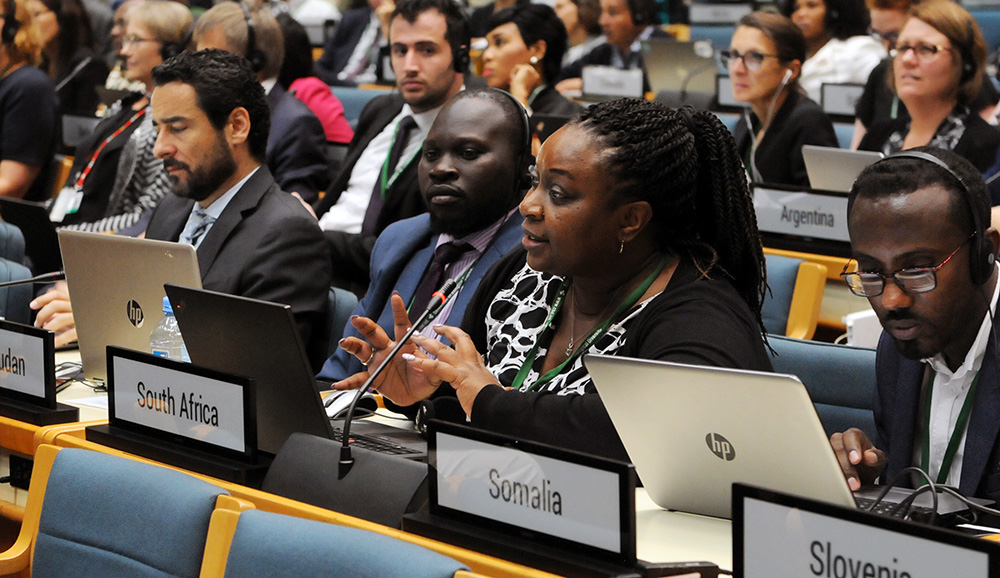
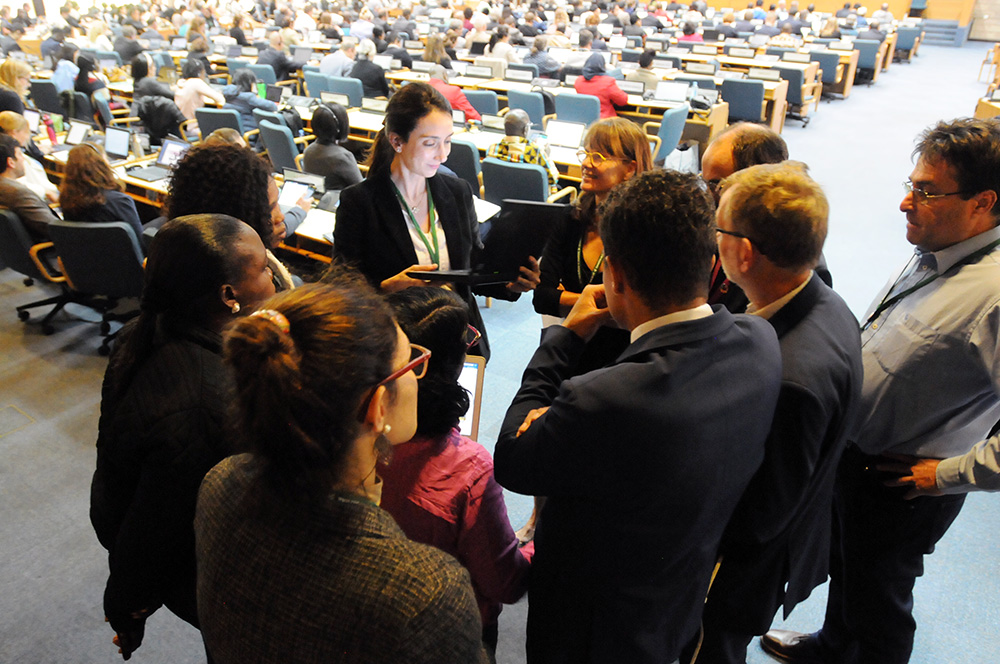
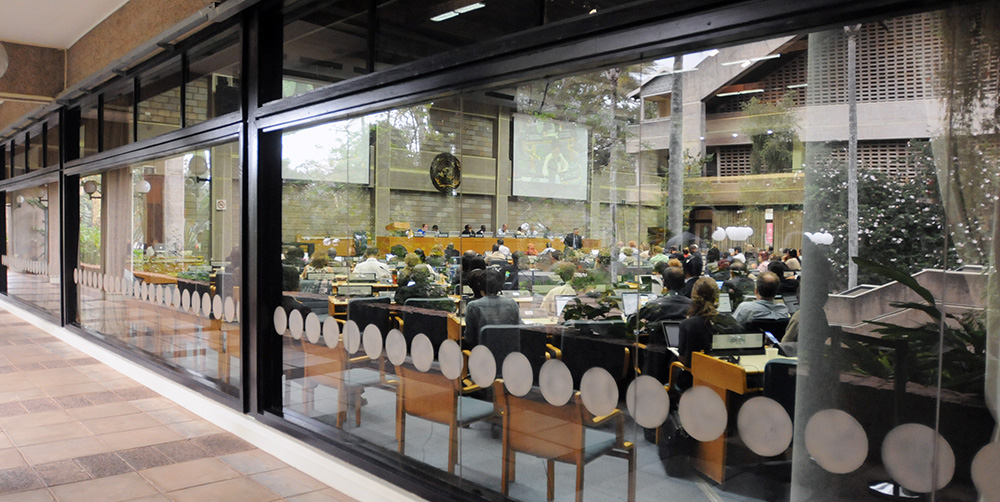
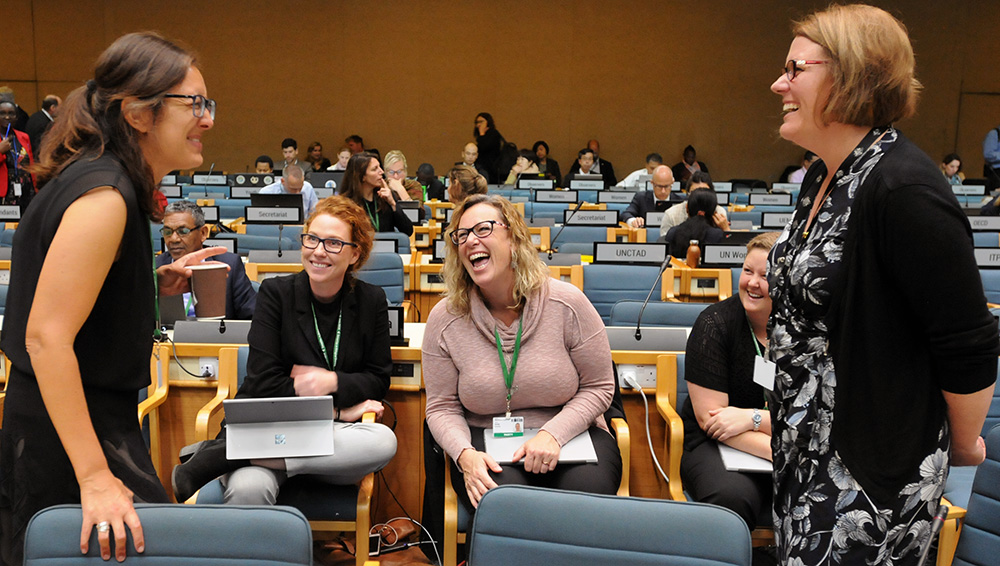
Highlights for Thursday, 29 August 2019
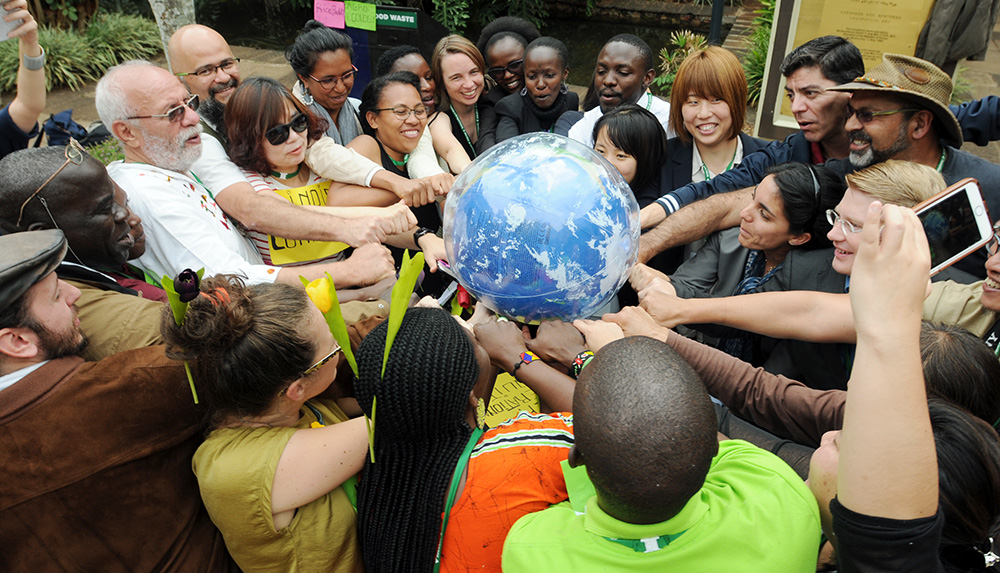
The first meeting of the Working Group on Post-2020 resumed discussions on Thursday, tackling the future work programme of the Working Group and allocation of tasks to other intersessional bodies and processes. Delegates called for inter alia:
- a balanced approach in thematic intersessional consultations;
- ensuring draft text is available ahead of the second meeting of the Working Group; and
- involvement of the UN Environment Management Group to ensure inputs from all multilateral environmental agreements.
During the lunch break, delegates attended an information session focused on strategic planning. Nick Salafsky, Foundations of Success, presented the second of a two-part series on developing a shared strategic planning framework. He led participants in an interactive exercise on developing Specific, Measurable, Achievable, Result-Oriented, and Time-limited (SMART) targets, using, among other principles, the theory of change.
In the afternoon and evening, a discussion group co-chaired by Charlotta Sörqvist (Sweden) and Dilosharvo Dustov (Tajikistan) met to discuss a non-paper prepared by the discussion group co-chairs on a possible structure of the post-2020 global biodiversity framework (GBF). Delegates deliberated on the components of, and relationships between, the rationale, the preamble, the 2050 Vision, the 2030 mission, a possible apex goal and milestones, and goals, targets, sub-targets and indicators. Discussions focused on central questions to the structure, including, inter alia:
- whether the 2030 mission should express an action to be taken or a status of biodiversity to be achieved by 2030;
- how to express the 2030 mission in a simple manner while ensuring a balanced representation of all three pillars of the Convention;
- how to formulate SMART goals, indicators and targets;
- how to ensure that levers of transformative change are specified within the scope of the GBF; and
- whether an apex goal would benefit or hinder effective implementation of the GBF.
With only one day left of the meeting, delegates continued to push towards a tangible outcome. One delegate remarked that we want to leave with clear guidance on the “post-2020 outcome we want” to enable us to return for the second meeting with more substance than a “to do list.” Some delegates were already eager to produce and negotiate text, and urged for ensuring that the second meeting will be furnished with comprehensive preparative documents. Many called for intersessional consultations that go beyond the subsidiary bodies of the convention, the Bureau and the Secretariat. The discussion group, some delegates noted, allowed for unpacking of details of the GBF’s scope and structure. Noting how much time was taken on targets, one delegate remarked that, “the apex target is becoming a distraction,” and that there should be more focus on implementation, which is indeed where we failed with the Aichi Biodiversity Targets.
+ Visit the web coverage for Thursday, 29 August 2019
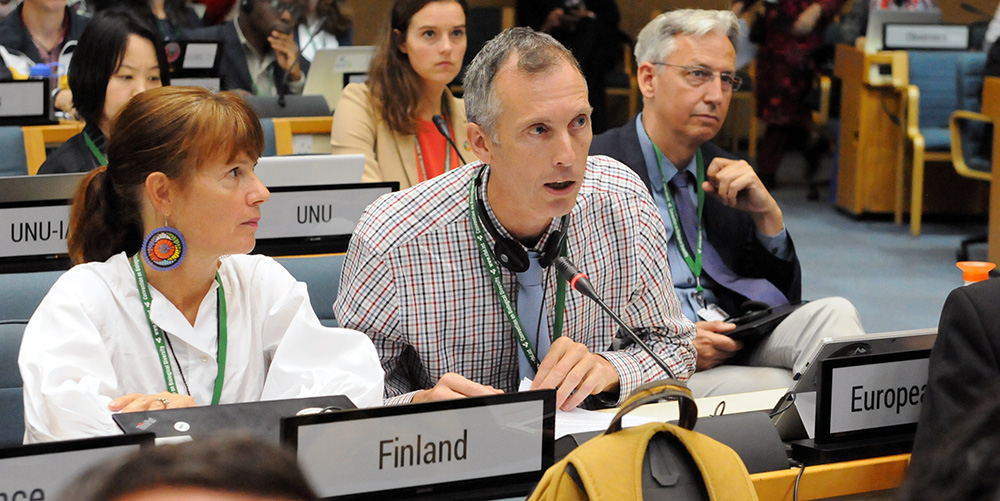

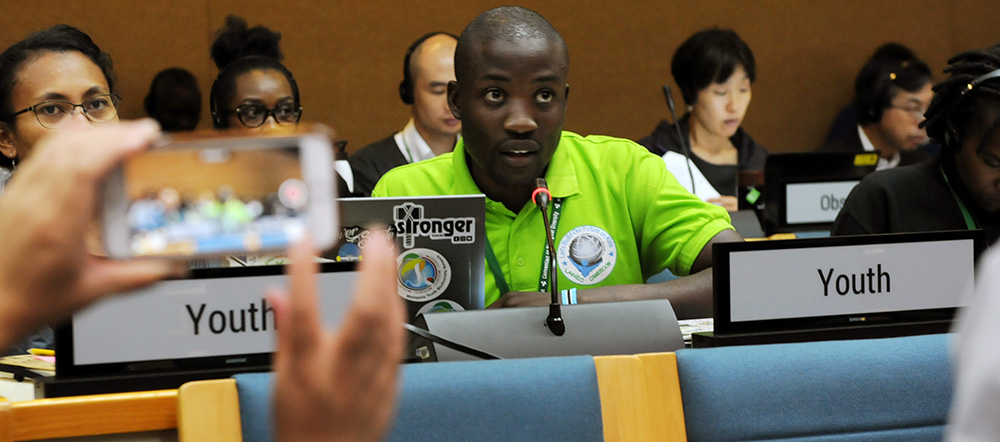
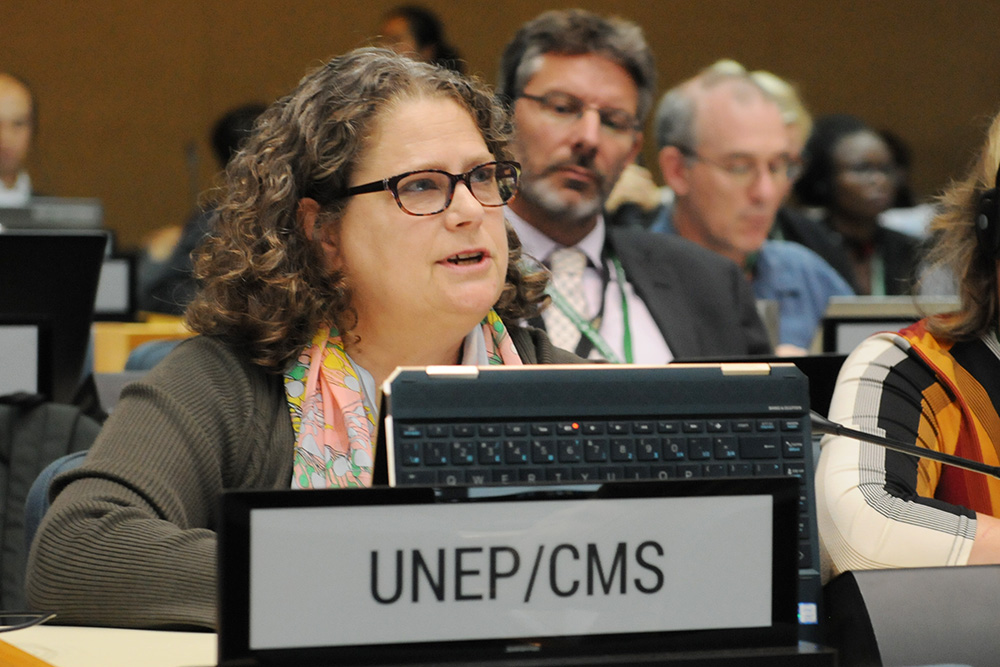
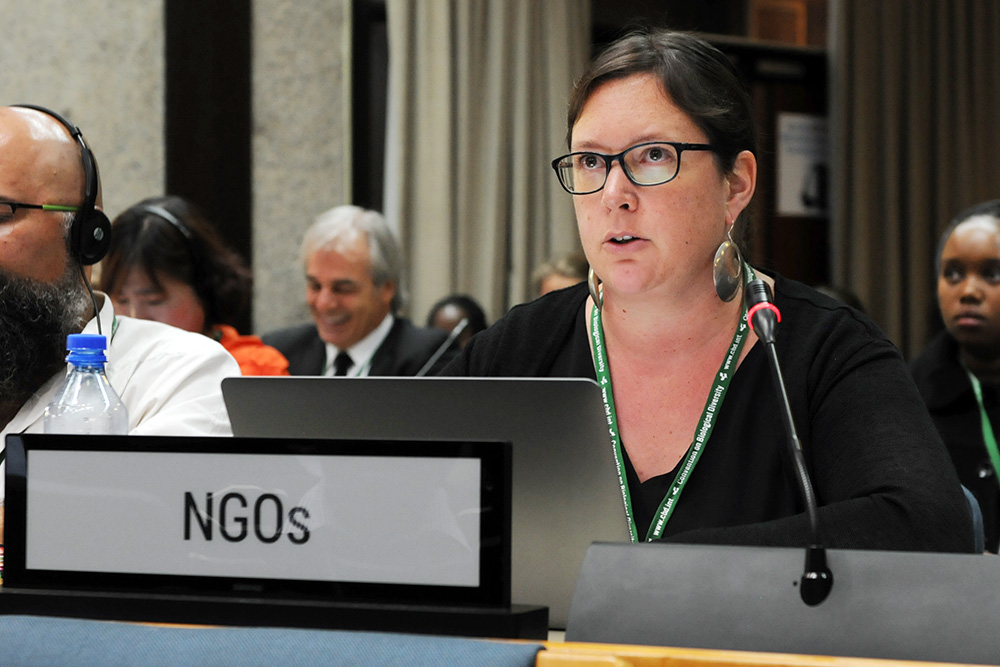

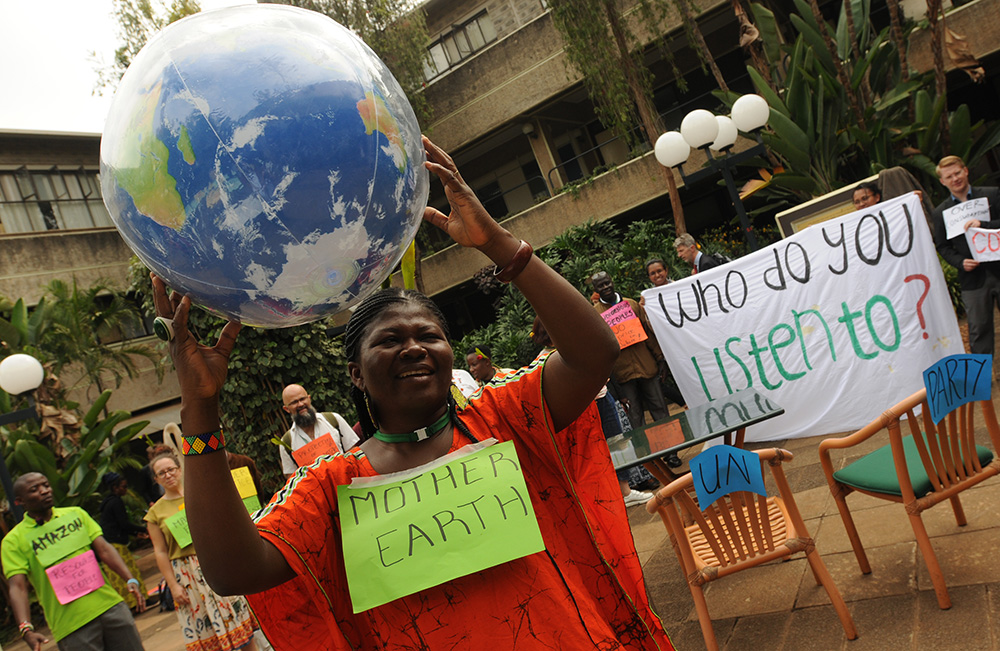
Highlights for Wednesday, 28 August 2019

The first meeting of the Working Group on Post-2020 resumed discussions on the elements of the structure and scope of the post-2020 global biodiversity framework (GBF) on Wednesday.
Delegates completed discussions on clusters two, three and four on:
- enabling conditions and means of implementation for the GBF, including resource mobilization, financial mechanisms, capacity-building, technical and scientific cooperation and technology transfer, knowledge management, and communication;
- planning and accountability modalities, mechanisms and tools, including National Biodiversity Strategy and Action Plans (NBSAPs); national reports, the review process, and voluntary contributions; and
- cross-cutting approaches and issues, including mainstreaming, synergies, partnerships, Indigenous Peoples and Local Communities (IPLCs), gender and youth.
During lunch delegates attended an information session on scientific evidence for informing the design of the framework. Presentations included:
- Ana María Hernández, Chair of the Intergovernmental Science-Policy Platform on Biodiversity and Ecosystem Services (IPBES), who outlined key IPBES statistics on the impacts of direct drivers of biodiversity loss, and noted the scientific evidence that will be provided by the upcoming IPBES assessments on transformative change and the nexus of biodiversity, water, food and health.
- Jian Liu, UN Environment Programme (UNEP), who outlined key findings illustrating biodiversity as a “hidden crisis”. He presented scientific evidence showing that pollution, climate change and biodiversity are the three major interlinked challenges to meeting the Sustainable Development Goals (SDGs), concluding that with the approaching tipping points, transformational change is long overdue.
- Irene Hoffmann, Food and Agriculture Organization (FAO) Commission on Genetic Resources for Food and Agriculture, who outlined scientific evidence on multiple interacting drivers of change affecting biodiversity for food and agriculture, and proposed four areas for action, including, among others: addressing knowledge and data gaps; supporting emerging biodiversity-friendly management practices; and improving cross-sectoral collaboration.
- Andreas Benjamin Schei, Norwegian Environment Agency, summarized the outputs of the ninth Trondheim Conference on Biodiversity. He highlighted participants’ focus on the urgent need for, inter alia: mainstreaming biodiversity; ecosystem restoration; capturing a variety of ways of understanding nature; increased coherence in implementing the Rio Conventions at the national level; and the ability to track post-2020 implementation.
In the evening, a discussion group chaired by Charlotta Sörqvist (Sweden) and Dilosharvo Dustov (Tajikistan) met to reach a common understanding on the structure and scope of the outcome-oriented elements: vision, mission, goals and targets. Delegates also attended an information session on Nature-Based Solutions and the Climate Action Summit.
With such a short week to complete discussions, day two saw in-depth and focused interventions on the potential elements on structure and scope of the GBF. Delegates started wondering whether the outcome of this first meeting will provide an adequately developed foundation for subsequent meetings, and eventually enable a GBF worthy for adoption at the 2020 15th meeting of the Conference of the Parties to the Convention on Biological Diversity (CBD COP 15). Plenary discussions reflected a strong sense that implementation should be a key focus. Indeed, there were many echoing voices emphasizing that if we do not address financial arrangements and enabling conditions, we will be setting ourselves up for failure. It would mean, stressed several delegates, that we have not learned from our mistakes in the context of the Aichi Biodiversity Targets. Familiar debates emerged regarding the balance between ambition and feasibility. One delegate cautioned against, “biting off more than we can swallow,” while another participant said, “with the approaching global tipping points, transformational change is needed yesterday.”
+ Visit the web coverage for Wednesday, 28 August 2019
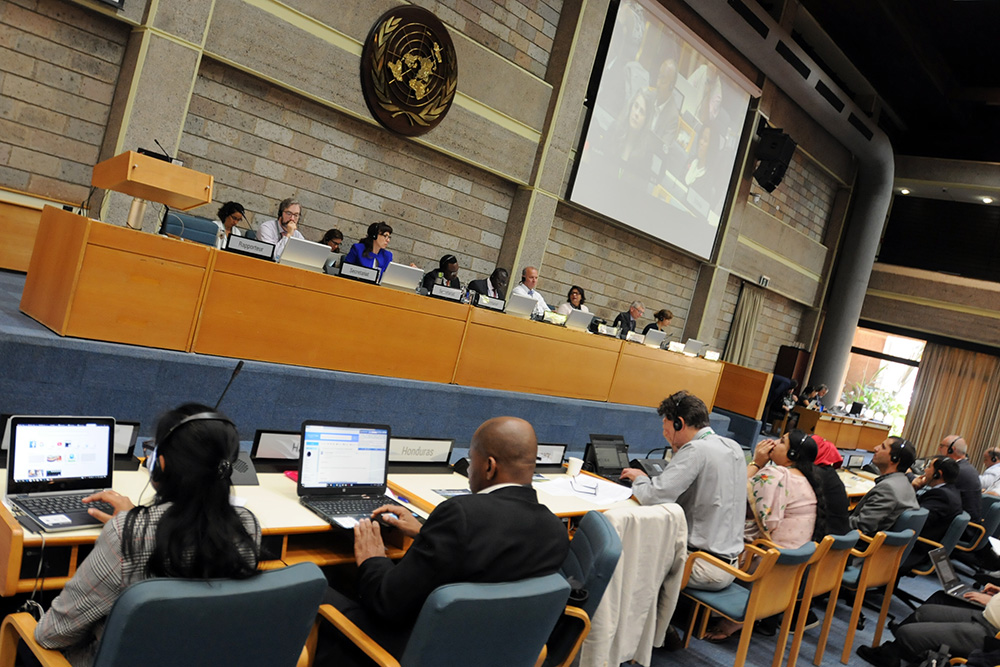
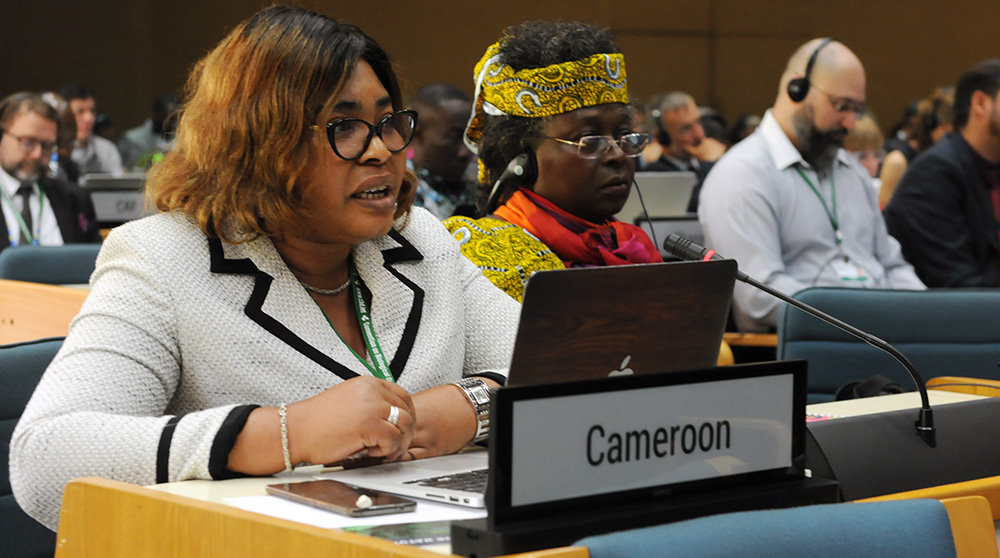
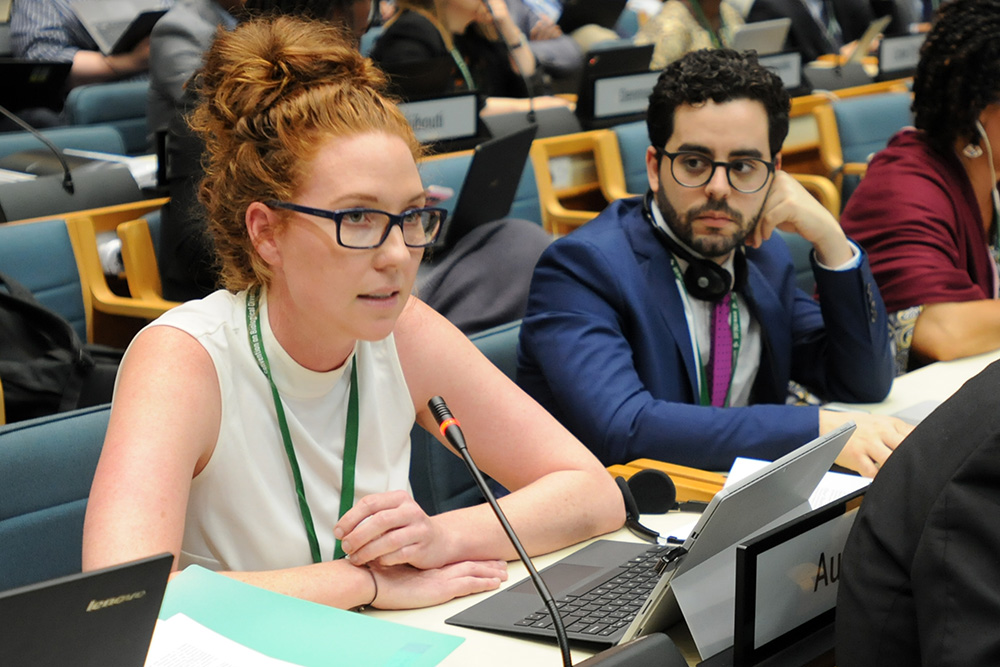
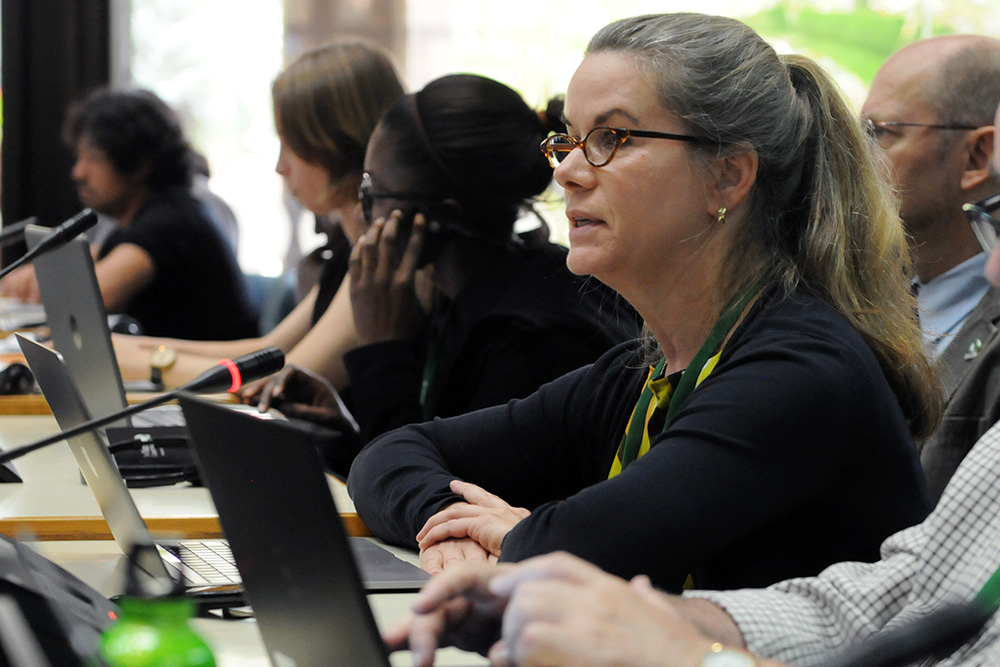
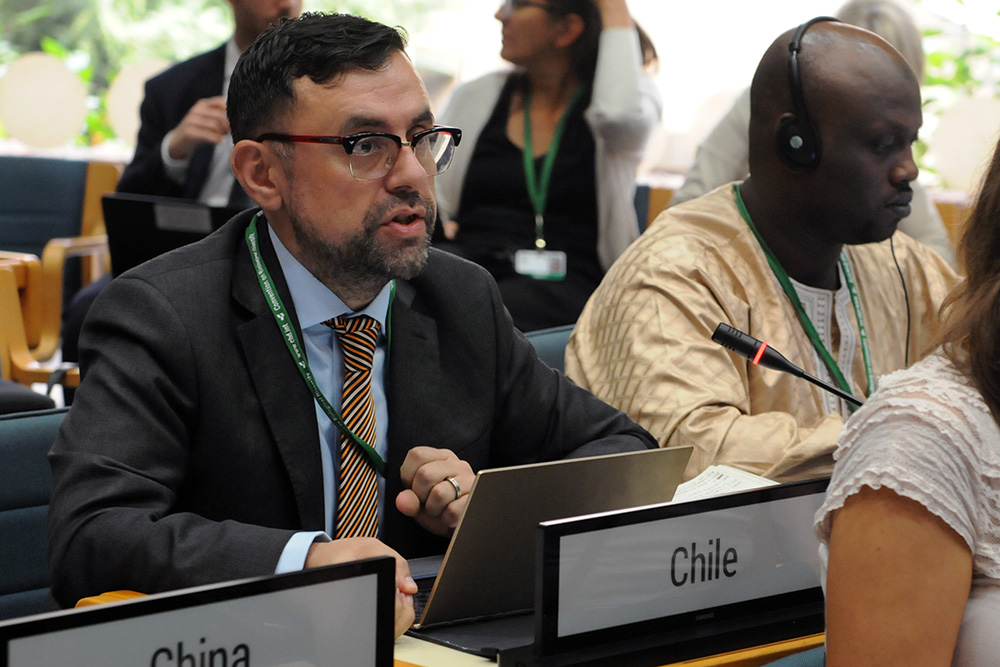
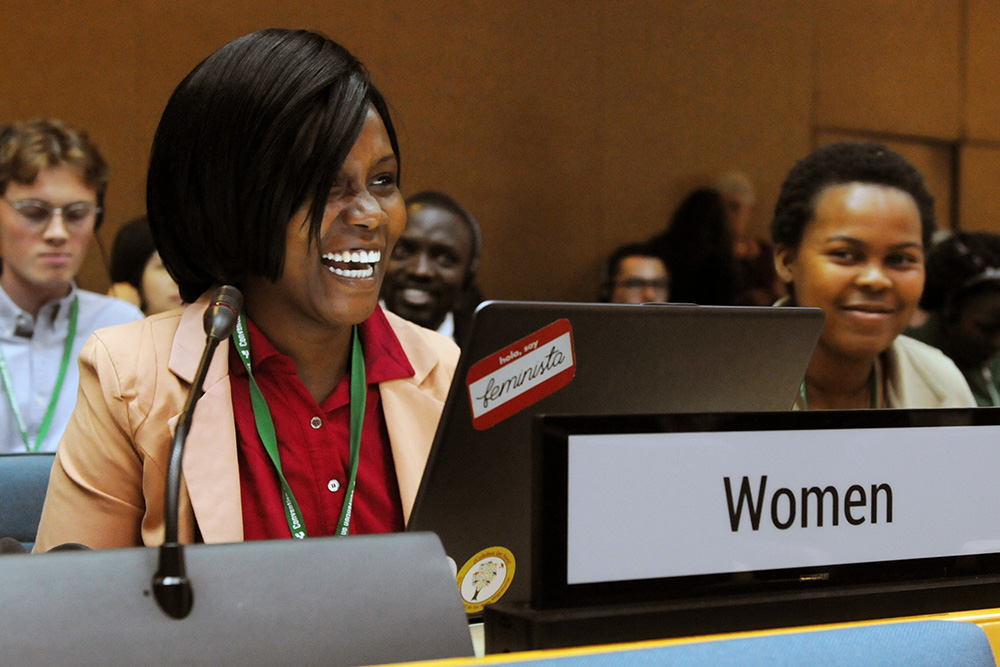
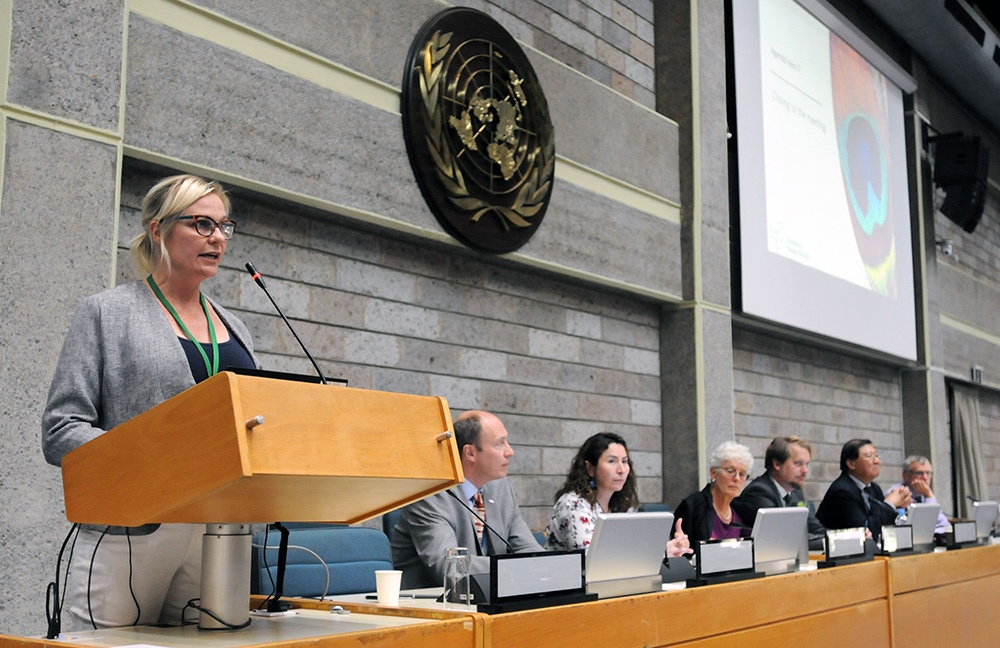
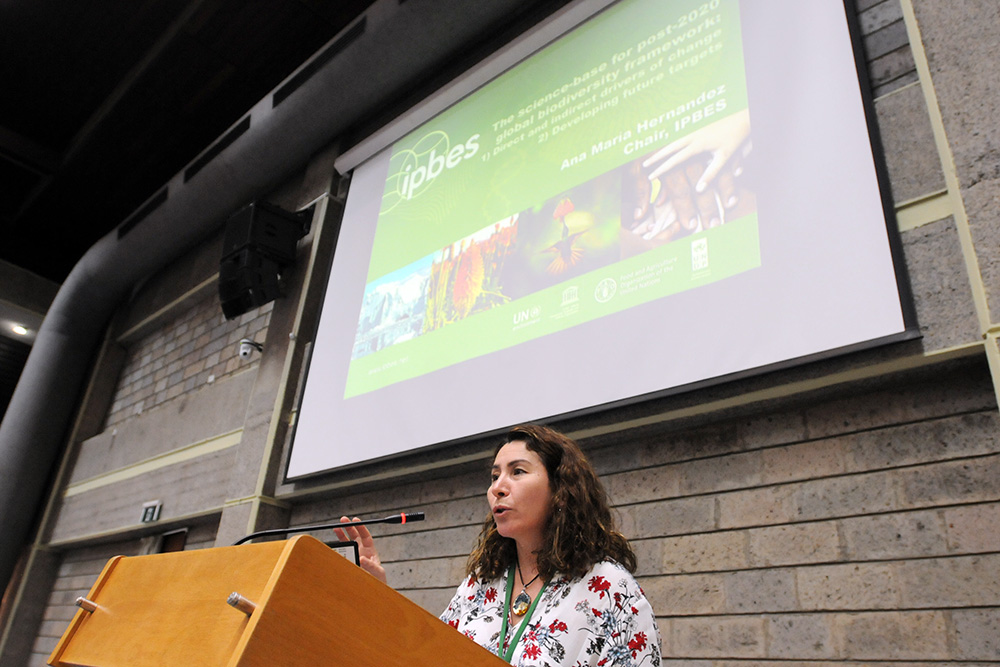
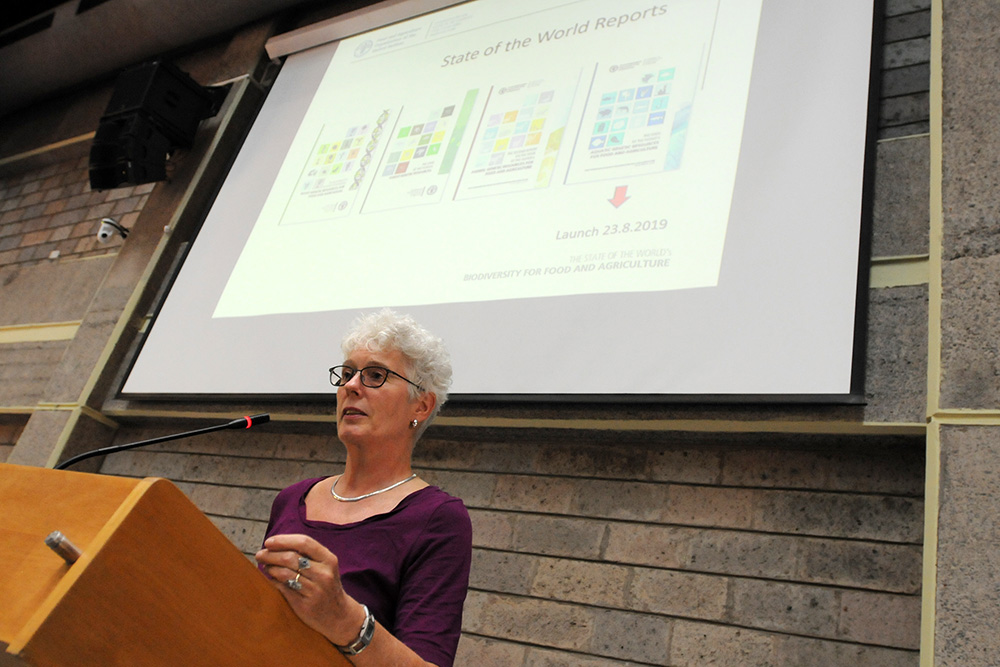
Highlights for Tuesday, 27 August 2019
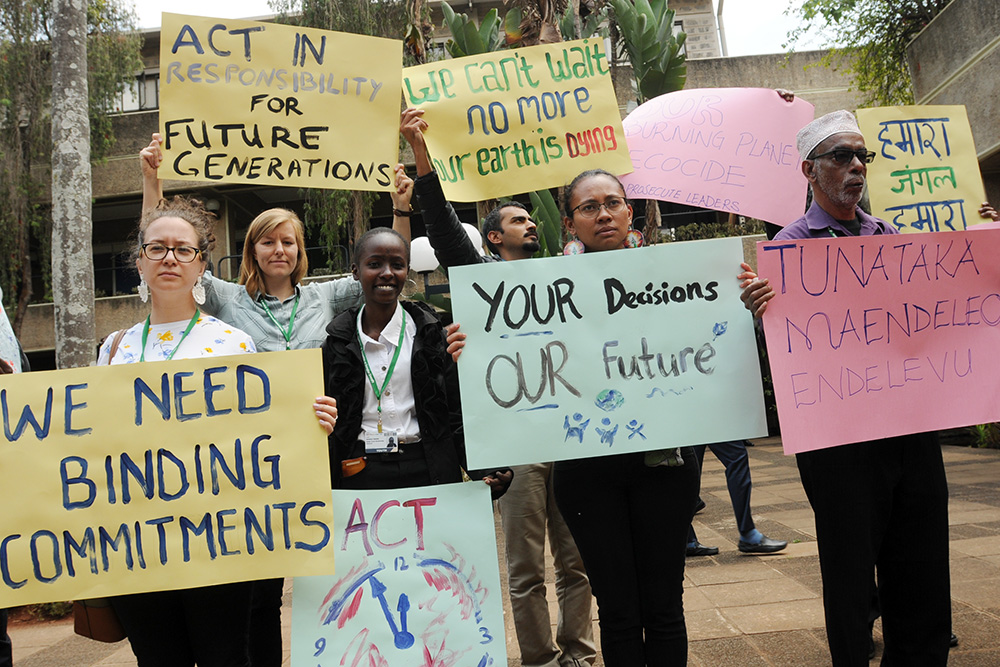
The first meeting of the Working Group on the post-2020 framework kicked off on Tuesday with expectations of intensive work over four days on the scope and key elements of the structure of the post-2020 global biodiversity framework (GBF).
Co-Chair Francis Ogwal (Uganda), opened the meeting noting that deliberations from regional and thematic consultations have been invaluable to guiding the way forward for the GBF. Hamdallah Zedan, Ministry of Environment, Egypt, speaking on behalf of CBD COP President Yasmine Fouad, said, “though our task is a daunting one, we are able to rise to the challenge and get on the right path to achieving the 2050 Vision of ‘Living in harmony with nature’.” He emphasized that the development and implementation of the GBF should build on lessons learned from the implementation of the Aichi Biodiversity Targets, and should be informed by scientific knowledge.
Quoting Nelson Mandela, CBD Executive Secretary Cristiana Pașca Palmer said, “sometimes it falls upon a generation to be great. You can be that great generation. Let your greatness blossom.” She encouraged delegates to be bold, be brave and work together “to bend the curve” towards the 2050 Vision of “living in harmony with nature.”
Inger Anderson, UN Environment Programme Executive Director, said the GBF is crucial to arresting biodiversity loss, and that in order to get it right, we need baselines for measuring indicators and to turn towards biodiversity-positive agriculture and biodiversity-rich cities as part of the solution. She suggested an “apex target” to measure overall performance that combines species, genetic and ecosystem diversity.
Throughout the day delegates heard reports of consultations and other contributions to the post-2020 process, and discussed potential elements on structure and scope of the post-2020 framework.
During lunch, delegates attended an information session aimed at supporting a common approach and common understanding of issues under discussion during the first meeting of the Working Group. This new format, which replaces conventional side-events, is being tested at the current meeting, for consideration in upcoming meetings. Tuesday’s information session focused on strategic planning. Nick Salafsky, Foundations of Success, presented principles of developing a shared strategic planning framework, emphasizing the need to agree on an agile user-friendly approach to developing the GBF, and the development of Specific, Measurable, Achievable, Result-Oriented, and Time-limited (SMART) targets.
Delegates entering the first day of the meeting expressed anticipation, as some noted the pressure and enormity of the task for the Working Group. “The world is watching,” one delegate remarked, noting that the urgency to succeed in combating biodiversity loss hangs over “all our heads” this week. Some noted that we cannot afford to fail, and that an ambitious GBF is a prerequisite to the successful transformational changes that society requires. After the Secretariat announced there are only 500 days to complete the GBF process, and that by the second meeting of the Working Group a digital hour glass would monitor the Working Group’s daily progress, a delegate exclaimed, “There is no time to waste!”
As the day’s deliberations drew to a close, many delegates appreciated the highly participatory nature of the consultative process of the GBF, noting that it has not only facilitated a broad set of inputs but provided a basis for constructive discussions. Most delegates seemed unperturbed by the strict timing of interventions, noting that the six minutes encouraged wider participation and keeping to the point.
+ Visit the web coverage for Tuesday, 27 August 2019

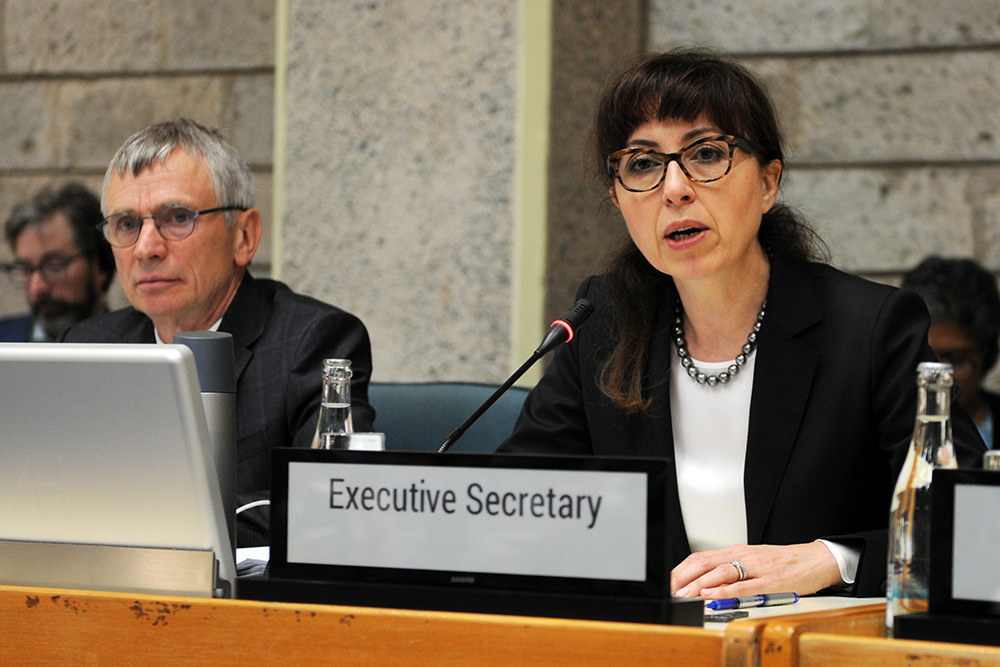

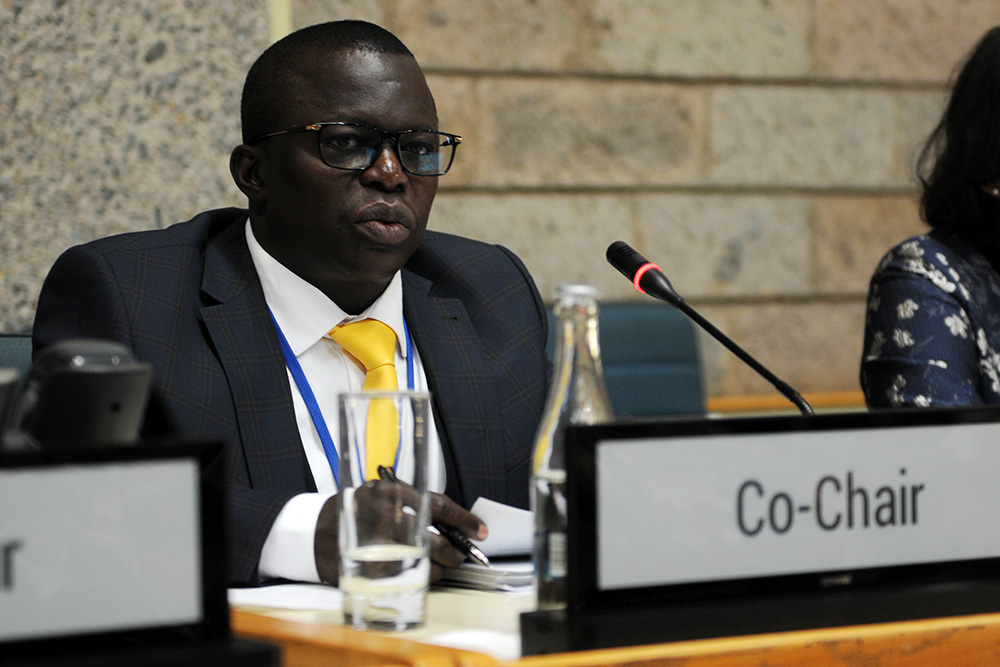
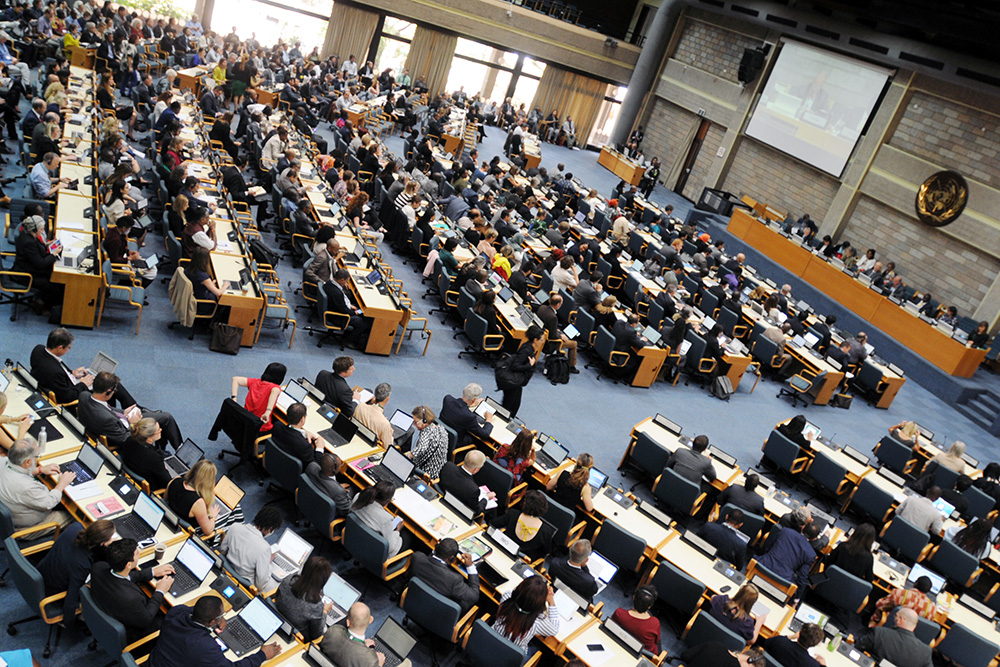
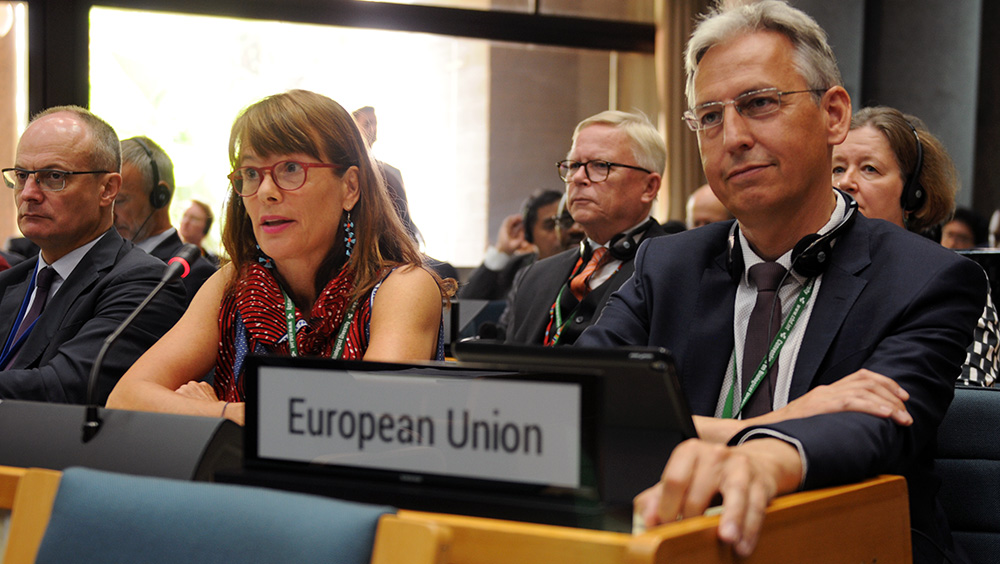
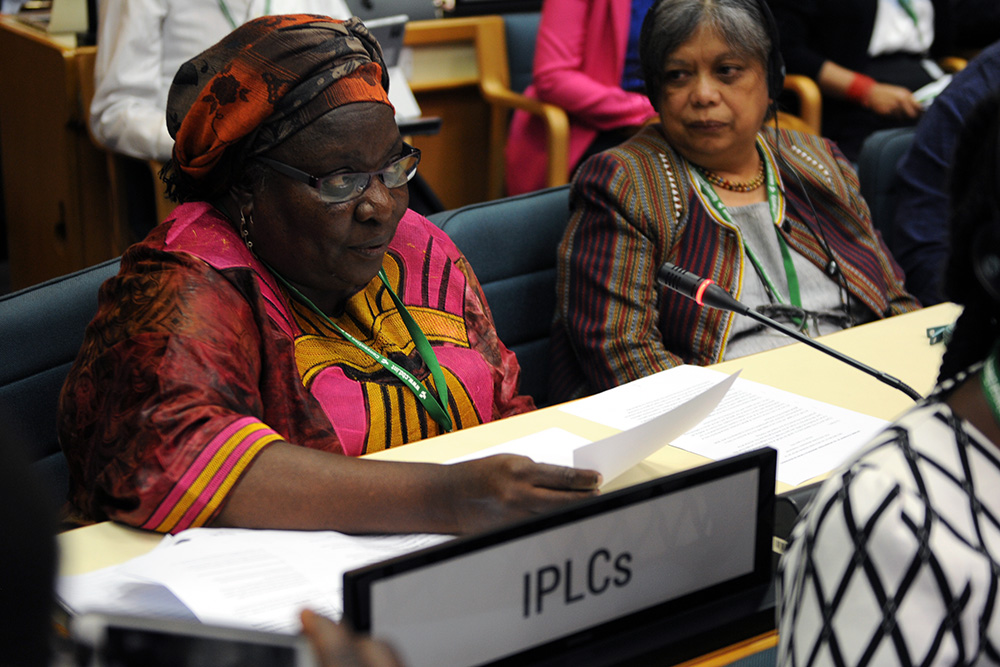
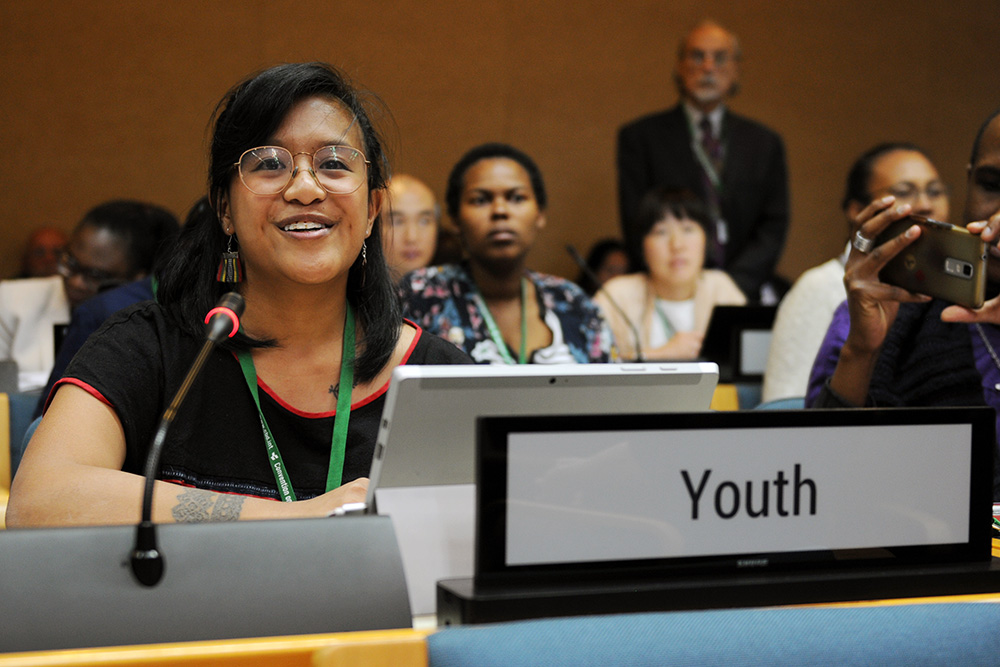
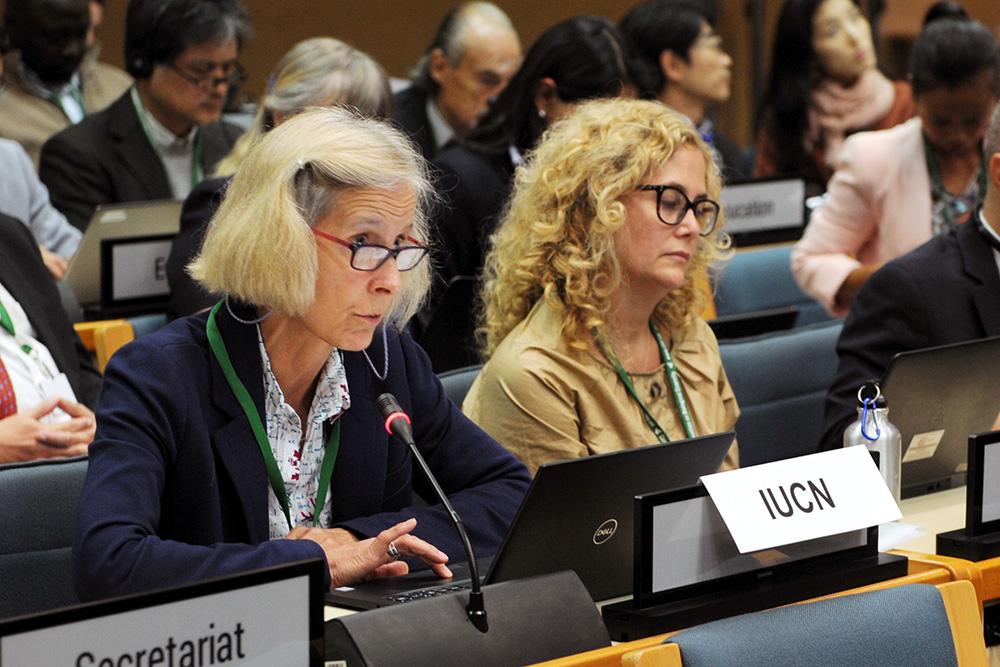
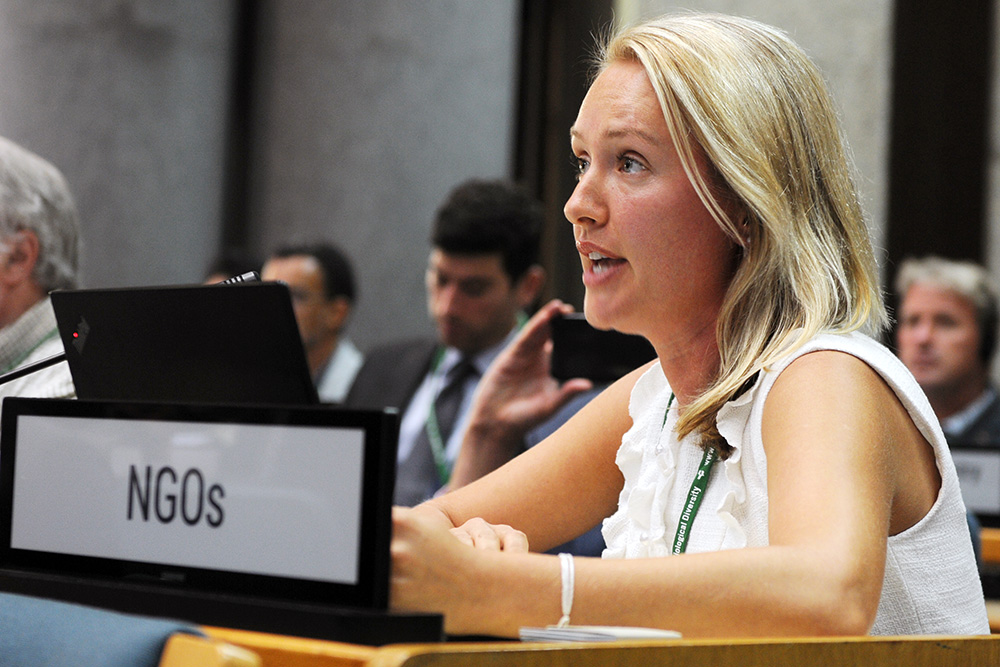
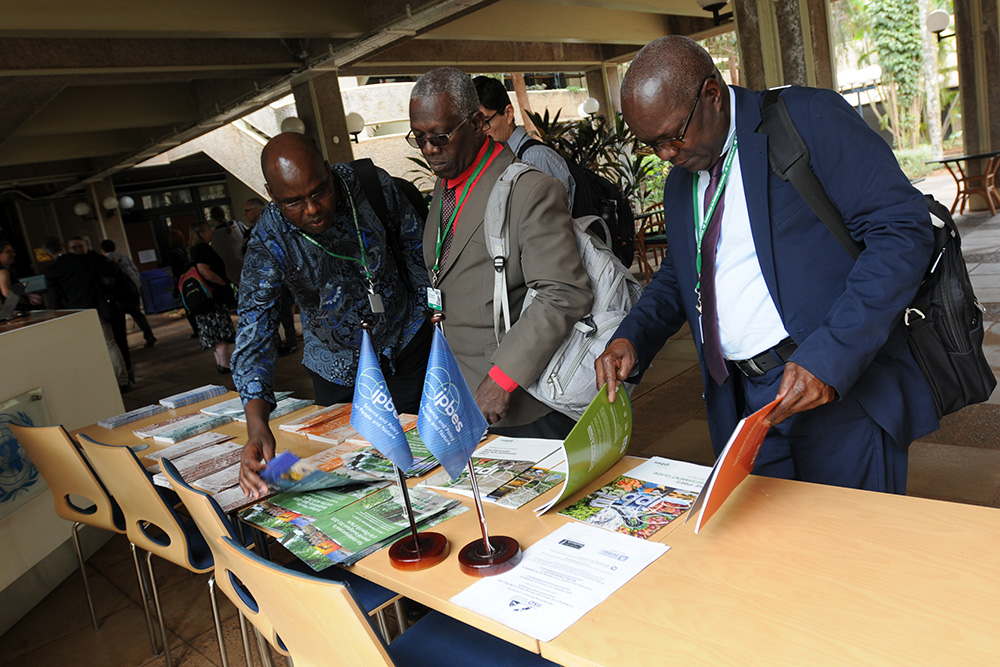
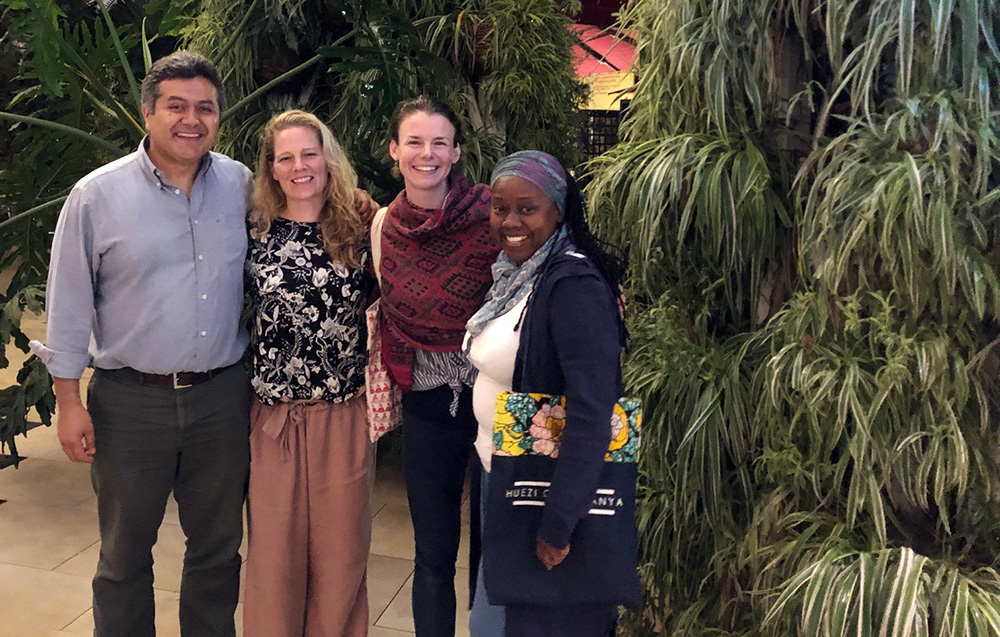
DOWNLOAD ENB REPORT
CBD Resources
- Website for the Working Group on Post-2020
- Annotated Provisional Agenda for the 1st Meeting of the Open-ended Working Group on the Post-2020 Global Biodiversity Framework
- Discussion Paper on the Post-2020 Biodiversity Framework
- CBD Website
IISD ENB/ENB+ Meeting Coverage
- 3rd Meeting of the Open-ended Working Group (OEWG3) of the International Conference on Chemicals Management (ICCM), 2-4 April 2019, Montevideo, Uruguay
- Stakeholder Day and 7th Session of the IPBES Plenary, 28 April and 29 April - 4 ay 2019, Headquarters of the UN Educational, Scientific and Cultural Organization (UNESCO), Paris, France
- ENB Coverage of Biodiversity Meetings
IISD Resources
- Subscription Page for IISD Reporting Services Peer-to-Peer Mailing Lists (including BIODIVERSITY-L, SDG, CLIMATE-L, OCEANS-L, and Regional Updates)
- SDG Update Newsletter - A compilation of news, commentary and upcoming events published on the SDG Knowledge Hub
- SDG Knowledge Hub - An Online Resource Center for News and Commentary Regarding the Implementation of the United Nations’ 2030 Agenda for Sustainable Development, including all 17 SDGs
- Linkages Update - International Environment and Sustainable Development News